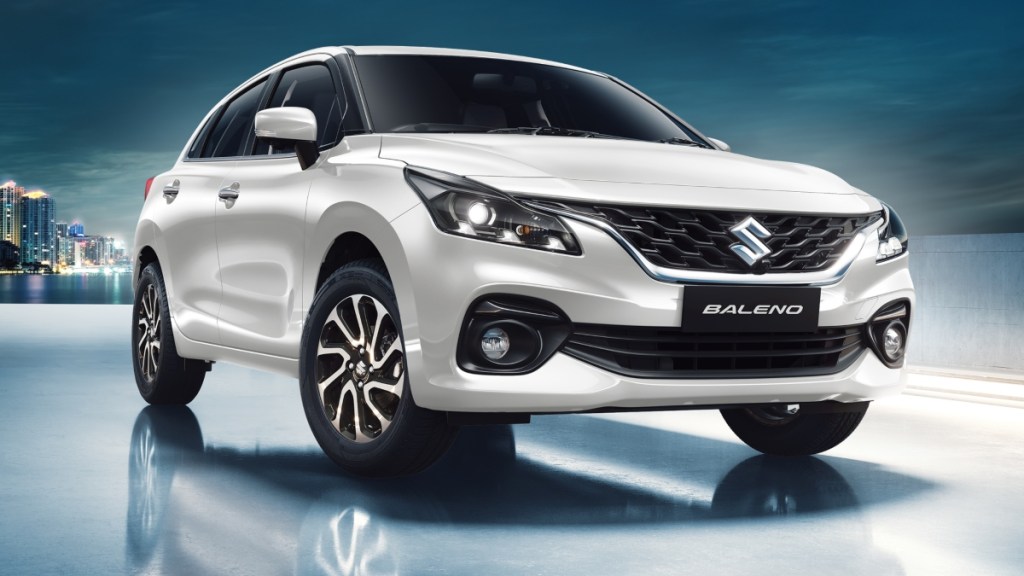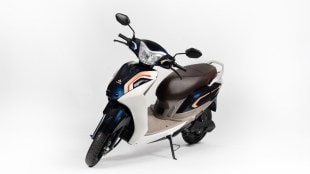Car manufacturers put up a fairly good show in March as the shortage of semiconductors eased. Wholesale despatches by Maruti Suzuki and Hyundai Motor India may have fallen when compared to March 2021 but fared well compared with despatches in February. Tata Motors continued its strong run reporting a smart 43% year-on-year jump in wholesale volumes.
Sector experts expect the domestic passenger vehicles segment to grow at a double-digit CAGR over FY21-25 on the back of strong demand and high order backlog. Fresh launches in the SUV segment as new models are introduced and more players come in are expected to drive demand.
Maruti Suzuki’s wholesale volumes fell 8.44% y-o-y while those for Hyundai Motor were down 15.21% y-o-y in March.
In a very encouraging trend, despatches of commercial vehicles (CV) in March showed strong growth. Tata Motors reported 21% y-o-y increase in volumes while the rise at Ashok Leyland was 18% y-o-y. Sales of CVs are considered a proxy for the health of the economy. However, the two-wheeler segment continues to see subdued demand as high fuel prices remain high as do ownership costs. TVS Motor Company’s domestic two-wheeler sales declined 2.57% y-o-y in March, while that for Suzuki Motorcycle India plunged 15.75% y-o-y during the month.
Shashank Srivastava, Senior ED, marketing and sales, Maruti Suzuki, told FE there has been progressive improvement in production thanks to the better availability of semiconductors. “However, production is not yet 100% and we do not expect it to be 100% for the current quarter,” Srivastava said.
Demand for popular models remains strong, despite rising ownership costs, but the shortage of chips could continue to hurt for several months, industry watchers said. “We continue to monitor the semiconductor situation closely and have tried to take necessary counter-measures as well,” Atul Sood, Associate VP, sales and strategic marketing, Toyota Kirloskar Motor, told FE.
“The pent-up demand for vehicles combined with new launches kept the sales going,” said Suraj Ghosh, director, S&P Global, pointing out that utility vehicles had grown faster than other segments towards the end of FY22.
“The big concern is de-growth in the entry-level segment where we have seen a significant drop in March. The rise in prices of auto fuels has definitely played on the minds of consumers,” said Rajat Mahajan, partner, Deloitte India.
The improvement in CV volumes has been attributed to more infrastructure spends and the growth of e-commerce. “With general elections scheduled for 2024, the government would look to complete most major projects and that augurs well for demand,” said S&P Global’s Ghosh.
Industry watchers said the M&HCV segment’s continued recovery had resulted from the improvement in fleet utilisation levels which had been driven by strong demand from the e-commerce and infra segments. The profitability of fleet operators has improved, supported by higher freight income, adjusted for diesel prices.




















